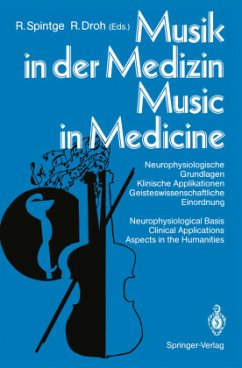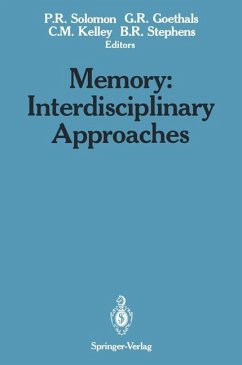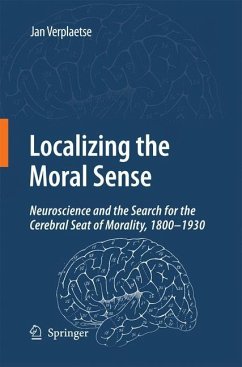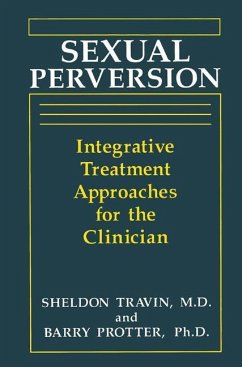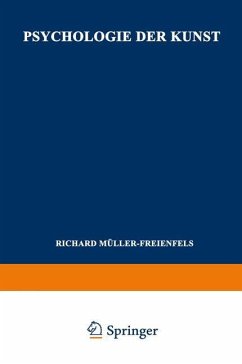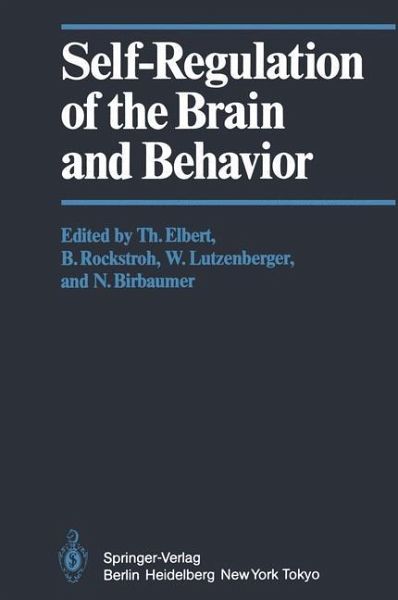
Self-Regulation of the Brain and Behavior
Versandkostenfrei!
Versandfertig in 1-2 Wochen
39,99 €
inkl. MwSt.

PAYBACK Punkte
20 °P sammeln!
The self-regulation of brain activity in humans by means of operant conditioning ( contingent reinforcement) represents a fascinating and promising new methodology in behavioral neuroscience and psychophysiology. Introduced in the early 1960s by Joe Kamiya, research in this area has produced a potentially significant clinical application in behavioral and neurological disorders. Feedback and reinforcement of aspects of electrical brain activity allow a noninvasive modification of human brain responses. Biofeedback of CNS activity may not only be useful as an aid in therapeutic interventions, b...
The self-regulation of brain activity in humans by means of operant conditioning ( contingent reinforcement) represents a fascinating and promising new methodology in behavioral neuroscience and psychophysiology. Introduced in the early 1960s by Joe Kamiya, research in this area has produced a potentially significant clinical application in behavioral and neurological disorders. Feedback and reinforcement of aspects of electrical brain activity allow a noninvasive modification of human brain responses. Biofeedback of CNS activity may not only be useful as an aid in therapeutic interventions, but also serve as a valuable tool in basic research: physiological responses can be altered in a well-controlled manner and the de pendent behavioral and autonomic variables can be monitored. It is still unclear whether the operantly modified brain responses and behavioral/autonomic con comitants are directly, causally linked together; the possibility of motor and visceral mediation of the conditioned brain responses remains to be clarified. However, the contributions to this volume clearly demonstrate a rather specific relationship between different conditioned responses from various parts of the brain and some unique behavioral consequences. Operant conditioning of the sensorimotor rhythm in the postcentral area "produces" motor quiescence (see Sterman, Chapter 7 and Lubar, Chapter 8); first results suggest that the conditioning of left postcentral negative slow potential shifts are closely related to the contralateral sensoric task performance (as described by Rockstroh, Elbert, Lutzenberger, & Birbaumer, Chapter 15).



